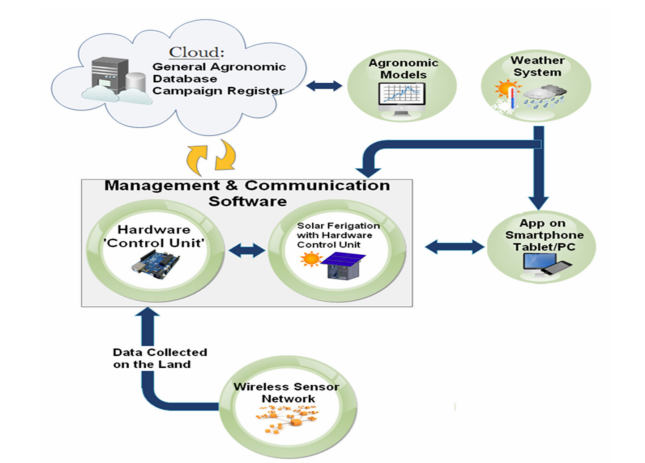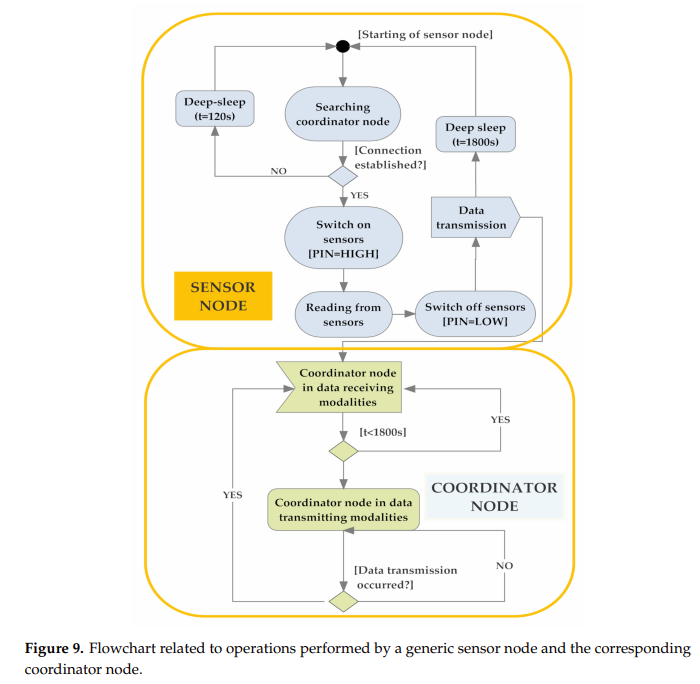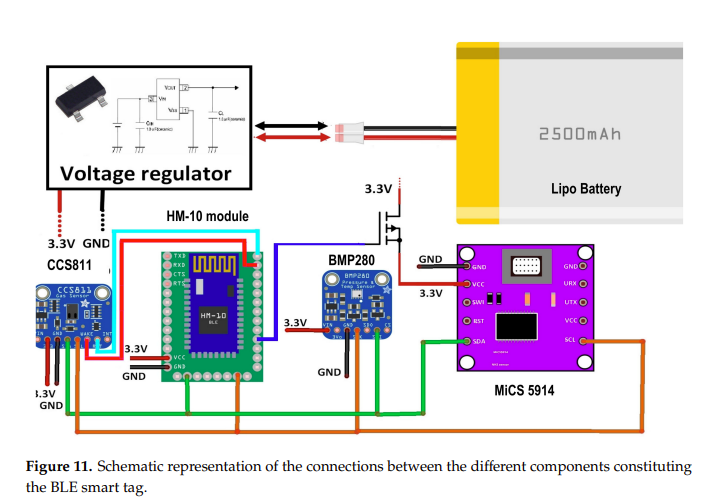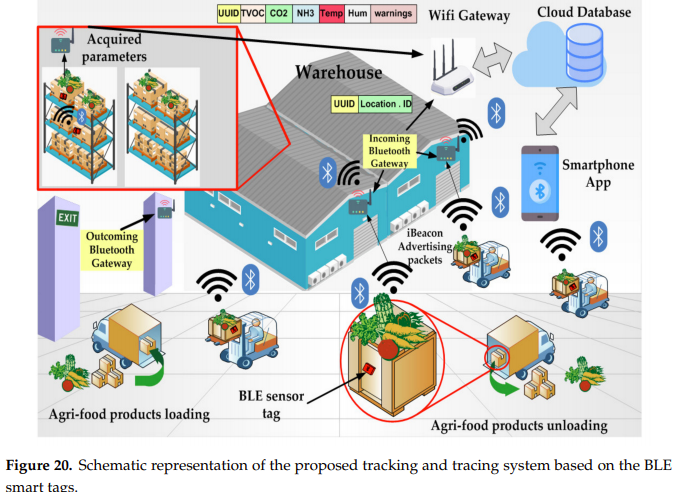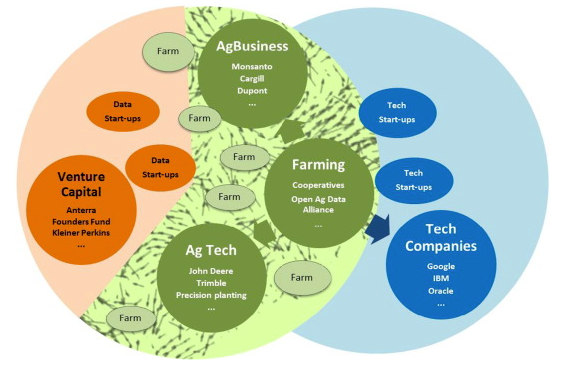The recent study Bluetooth Low Energy Indoor Localization for Large Industrial Areas and Limited Infrastructure discusses the use of Bluetooth Low Energy (BLE) in industrial applications, particularly in Smart Factory and Smart Farming settings. Bluetooth systems are beneficial for their low-power operation and are widely used for asset monitoring, management, tracking and localisation. The focus of this paper is on BLE-based localisation systems, which typically use radio propagation models and multi-lateration, or radio fingerprinting, to achieve high accuracy and precision. These methods rely on the received signal strength indicator (RSSI) measurements and its dependency on the distance between the transmitter and the receiver.
However, the paper highlights the challenges in achieving high localisation accuracy due to the inaccuracy of RSSI measurements and susceptibility to radio propagation phenomena. In industrial environments, where radio propagation is complex and the number of anchors (fixed reference points) is limited, achieving high accuracy is difficult. The paper proposes a set of localisation algorithms that require limited infrastructure, have low complexity, and can provide valuable location information at low costs. These algorithms were tested in a Smart Farming application for monitoring the well-being of farm animals, demonstrating reliable operation despite system-level constraints and varying propagation conditions.
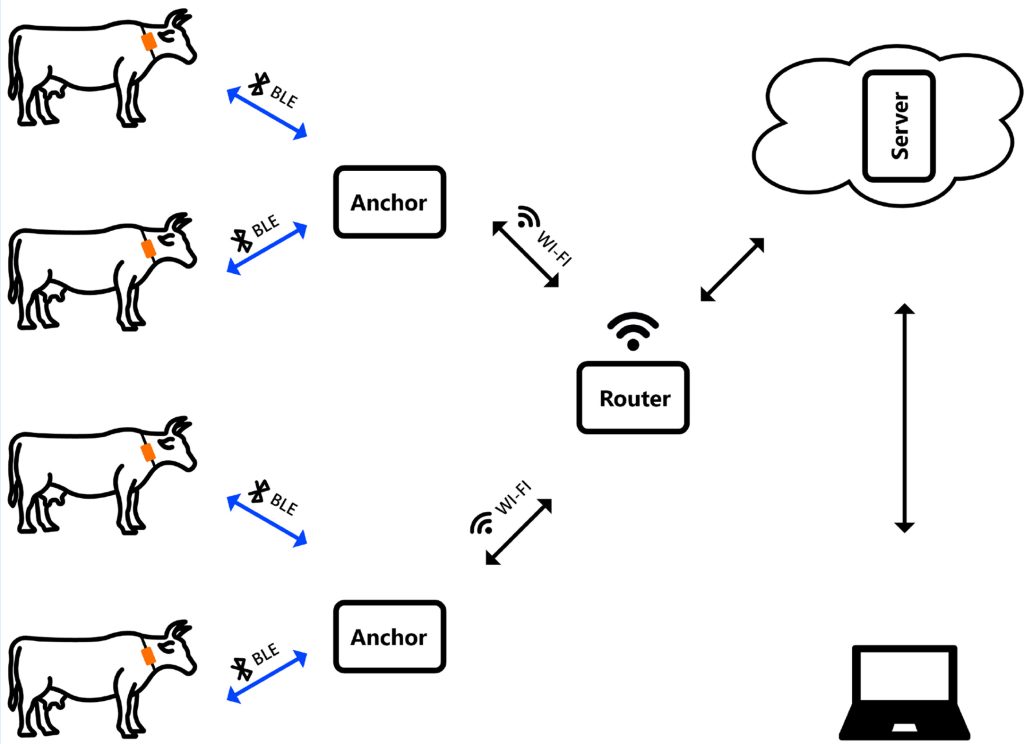
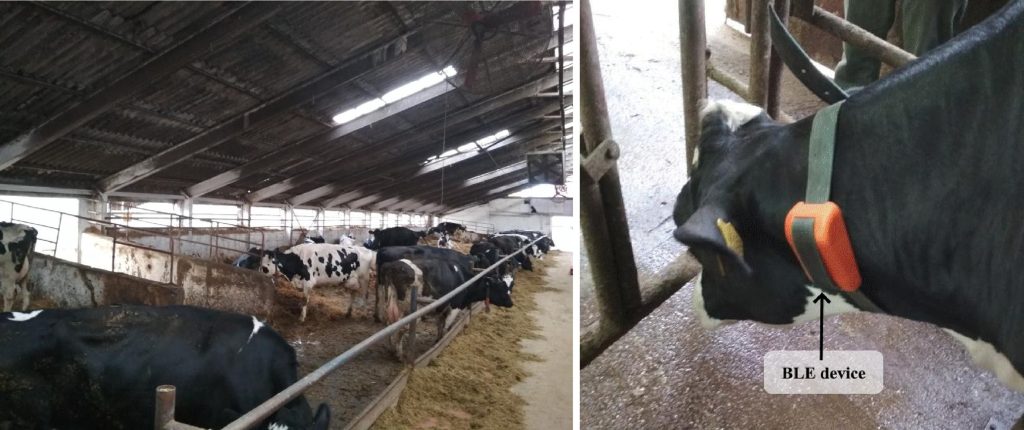
The proposed algorithms are based on signal strength measurement. They allow for localising animals in a cowshed of 1600m² using only 10 anchors with an average positioning error below 8 meters.
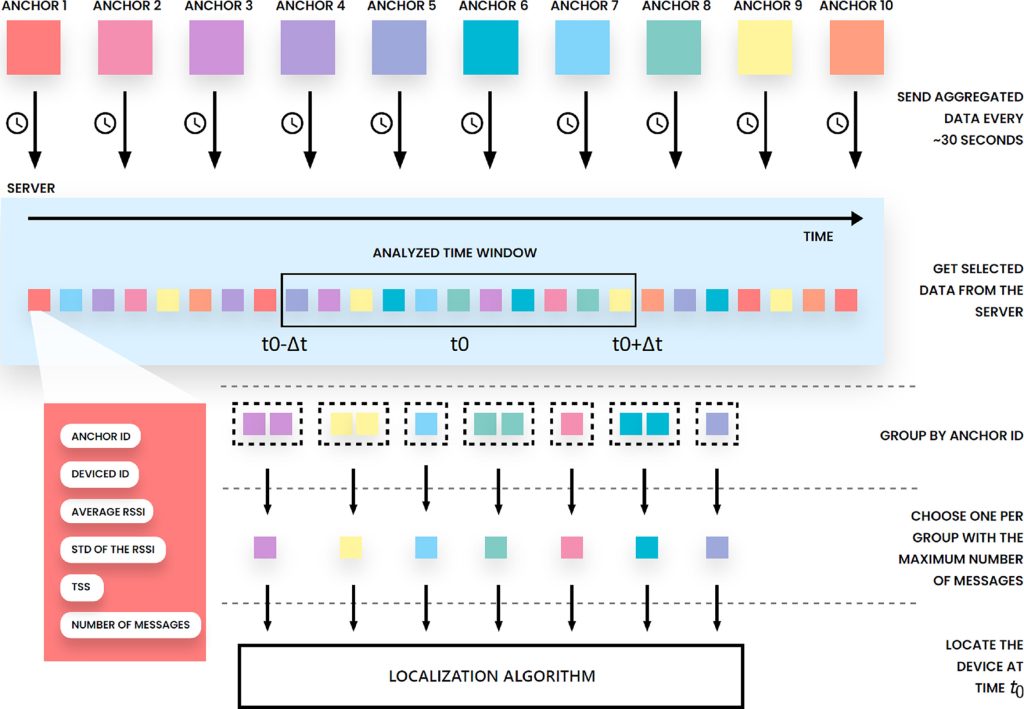
The paper also discusses the applicability of RSSI-based localisation to different radio technologies and the limitations of these methods. The proposed approaches are designed to enable location-based services in existing systems at minimal additional costs, benefiting from the already available infrastructure, mechanisms and procedures.
